Why Do Soft Drinks Always Contain Phosphoric Acid?
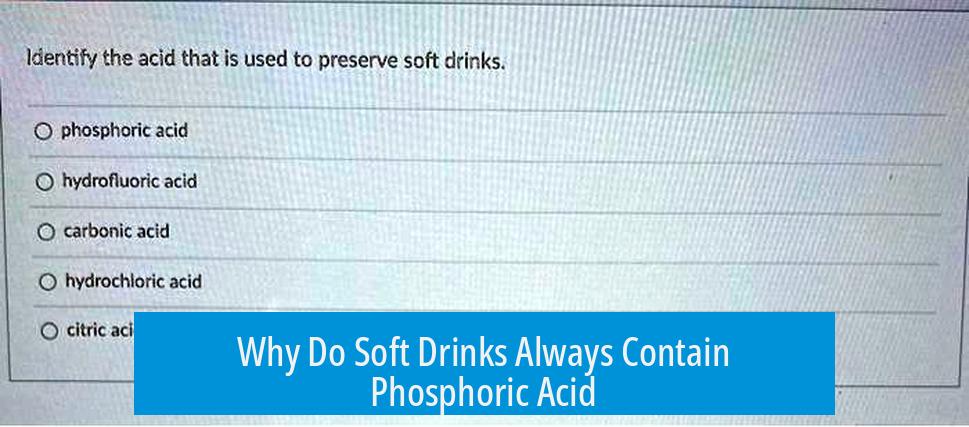
Soft drinks often contain phosphoric acid because it provides a distinctive tangy flavor, enhances tartness, improves mouthfeel, and helps prolong shelf life while being cost-effective. This acid plays several chemical and sensory roles that contribute to the overall drinking experience.
Flavor and Palatability
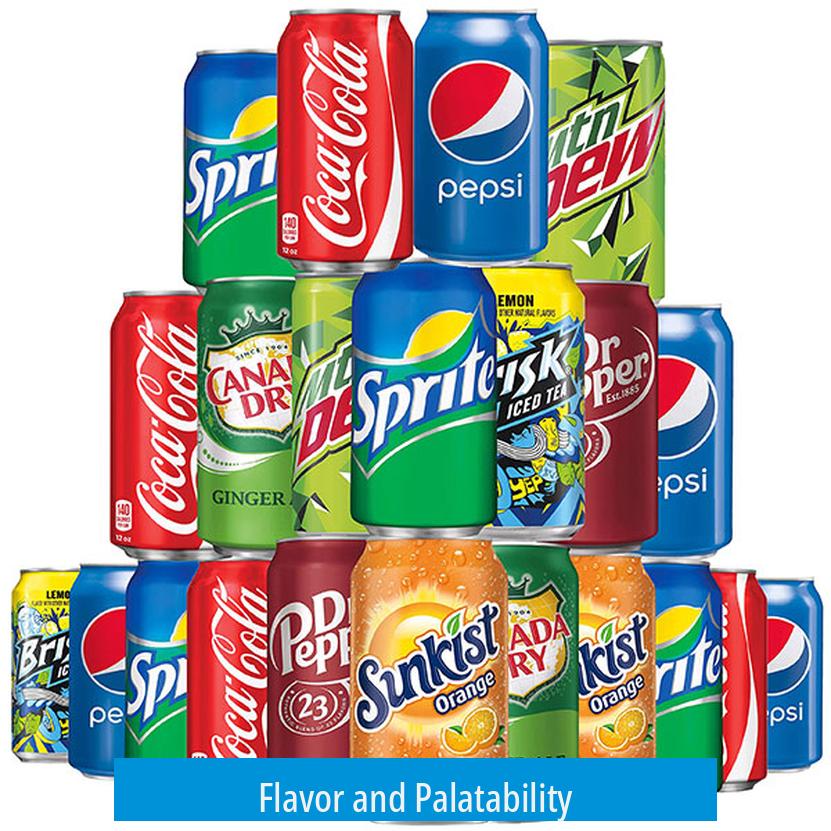
Phosphoric acid creates a unique tang compared to other acids like sulfuric or hydrochloric acid. Its mildly sour taste complements sweetened beverages well. For example, Coca-Cola uses only small amounts of phosphoric acid to achieve a balanced tartness that resonates with consumers.
Besides phosphoric acid, soft drinks usually include various natural flavors such as vanilla, cinnamon, lemon oil, and nutmeg. These ingredients combine to create the complex taste profiles expected by drinkers. The acid thus acts as a critical flavor enhancer.
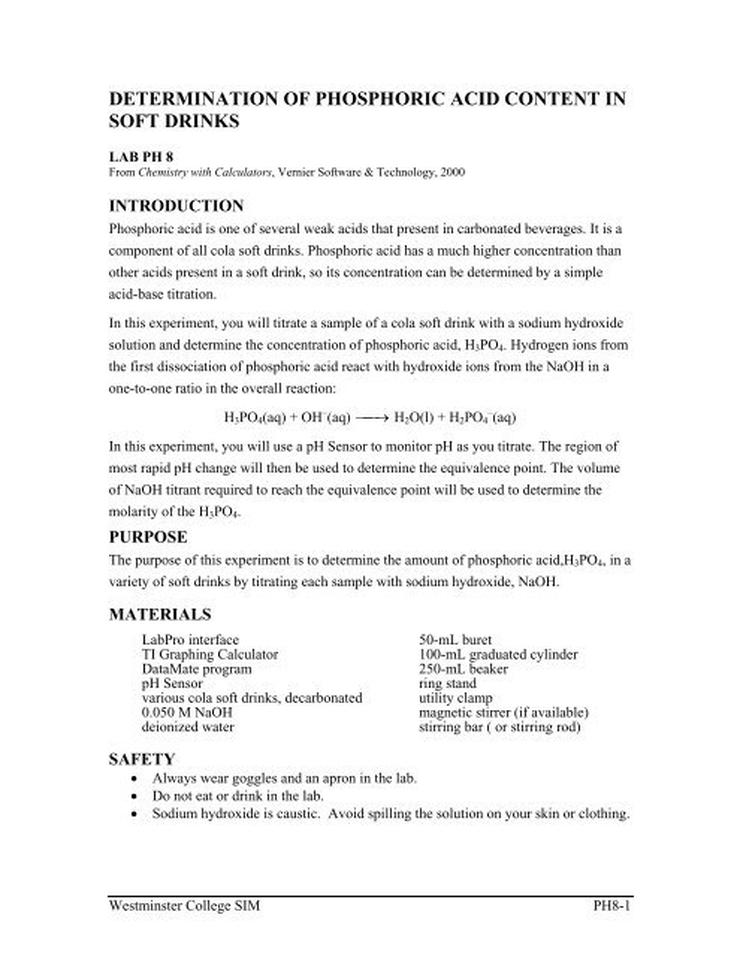
Historical Context
In the late 19th century, beverages called “phosphates” contained phosphoric acid along with mineral additives. These were among the first commercially popular sodas and were once considered beneficial for health, akin to vitamin waters today. This historical precedent helped establish phosphoric acid’s role in modern soft drinks.
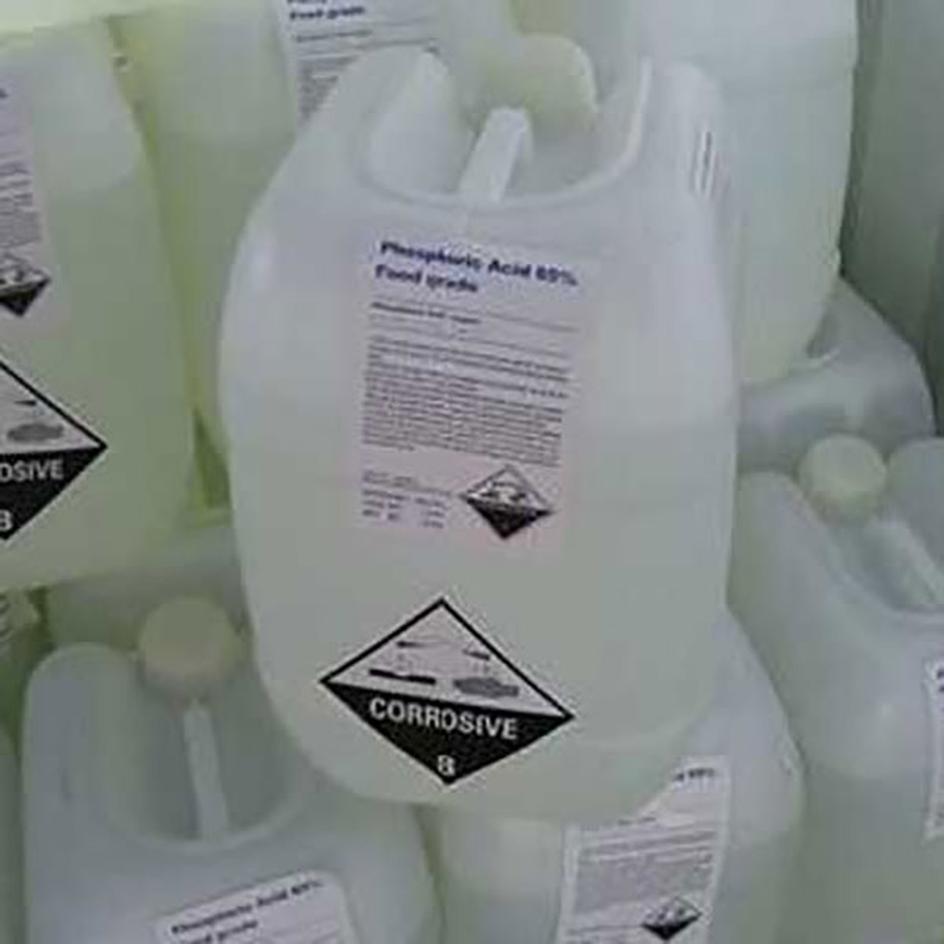
Mouthfeel and Chemical Characteristics
Phosphoric acid affects the mouthfeel of soft drinks differently than other acids. It may interact uniquely with calcium ions, creating a sensation more pleasant and smooth on the palate. This effect contributes to why beverage formulators prefer phosphoric acid over stronger mineral acids.
Functional Benefits
- Tartness: Adds a sharp, refreshing acidity.
- Shelf Life: Helps preserve flavor stability and freshness.
- Cost-effectiveness: Produced cheaply at scale.
- Buffering agent: Maintains pH balance in the drink.
Health Implications
Regular consumption of phosphoric acid has been linked to kidney stone formation due to phosphate precipitation in the body. Phosphates derive from bones, which explains their biological effect. Awareness of these issues guides some consumers toward products without phosphoric acid.
Alternatives to Phosphoric Acid
Not all soft drinks contain phosphoric acid. Some use citric or lactic acid instead. These acids also provide tartness but with different flavor profiles and health considerations. The choice depends on the manufacturer’s goals for taste and beverage stability.
Key Takeaways
- Phosphoric acid delivers distinctive tang and tartness favorable in soft drinks.
- It enhances mouthfeel uniquely compared to other mineral acids.
- Its use dates back to 19th-century phosphate sodas.
- It aids in preserving flavor and controlling pH.
- Health concerns exist, including potential kidney stone risks.
- Citric and lactic acids serve as alternative acidulants in some beverages.
Why do Soft Drinks Always Contain Phosphoric Acid?
Soft drinks contain phosphoric acid mainly to enhance their flavor and tartness while also helping to preserve the drink’s freshness. But that’s just the tip of the iceberg—or should we say, the sip of the bottle. Let’s dive deeper into why this particular acid has stuck around as a staple in your fizzy favorites.
First off, why not use any acid? Couldn’t lemon juice or vinegar do?
Well, phosphoric acid offers a distinctive tang that wins over other acids like sulfuric or hydrochloric, both of which sound like they belong in a chemistry lab nightmare rather than your Coke or Pepsi. That “distinctive tang” does more than tickle your taste buds—it enhances the overall flavor profile. It brings a balanced tartness that doesn’t overpower but rather complements the drink’s other ingredients.
A Tangy Taste with a Cost Advantage
Here’s a fun fact: phosphoric acid is cheap. Super cheap. Coca Cola and other soda giants only need a tiny amount to provide that signature bite, which serves as a buffer in the drink’s complex recipe.
But if you think phosphoric acid is doing all the flavor work, you’re wrong. Most of the “flavor” actually comes from the secret stash of “natural flavors.” These can include lime juice, citric acid, vanilla, nutmeg, lemon oil, cinnamon, coriander, and more. This mix creates a unique aroma and taste, while phosphoric acid helps keep everything crisp and balanced.
A Soda With Roots in History
Did you know soft drinks were once called “phosphates”? Back in the 1870s, mineral phosphates were the rage. They were considered to be the vitamin waters or electrolyte drinks of their time. People believed these phosphate sodas had health benefits, as minerals were identified as important for vitality.
Though today’s soft drinks are far from health tonics, this history explains why phosphoric acid was originally introduced into sodas. It’s fascinating how the “phosphate” tag stuck around, even as the health halo faded.
More Than Just Taste: Mouthfeel Matters
Phosphoric acid doesn’t only contribute to flavor; it changes the mouthfeel. When drinking soda, there’s a subtle difference in how it feels on your tongue compared to drinks with other acids like sulfuric acid (H2SO4) or hydrochloric acid (HCl). The cause? It likely involves calcium interactions, though the exact chemistry is a bit hazy even to experts.
That unique mouthfeel may sound trivial, but it’s a key reason phosphoric acid remains a favorite among soda makers. It creates a smoother, more pleasant drinking experience that other acids can’t quite replicate.
The Health Elephant in the Room
Now, let’s talk health because phosphoric acid isn’t all sweet buzz and celebration. It’s been linked to kidney stones. Dig into the science—your bile’s basic nature means these phosphates can crystallize and form stones within your body. So, those bubbles might carry a tiny risk if consumed excessively.
And here’s a tidbit that might surprise you: the phosphates in breads and some foods often come from animal bones, sometimes making their way into products in ways sensitive consumers should know about. These bones come from farm animals and might not be kosher or halal if derived from pigs. The bones are incinerated or dissolved in vats filled with sulfuric or hydrochloric acid to extract phosphates.
Not Every Soda Drinks the Same Acid Kool-Aid
Not all soft drinks use phosphoric acid. Some use citric acid (from citrus fruits) or lactic acid. These alternatives provide tartness but differ in flavor and mouthfeel. So next time you grab a soda, peek at the label—your choice of acid could vary depending on the brand and drink type.
Summary Table: Why Phosphoric Acid in Soft Drinks?
| Reason | Explanation | Example or Detail |
|---|---|---|
| Flavor & Palatability | Provides a distinctive tang favored over other harsh acids. | More palatable than sulfuric or hydrochloric acid. |
| Historical Use | Originated from mineral “vitamin waters” in 1870s, called phosphates. | Sodas being called “phosphates” historically. |
| Mouthfeel | Creates a unique drinking sensation, likely tied to calcium interactions. | Mouthfeel differs compared to other acids. |
| Functional | Offers tartness and prolongs shelf life; cost-effective for manufacturers. | Coca Cola uses minimal amounts to buffer products. |
| Health Effects | Linked to kidney stones from phosphate crystallization in the body. | Excess consumption increases risk. |
| Alternatives | Citric or lactic acids are sometimes used instead. | Varies across brands and types. |
Should You Be Worried?
Every good thing comes with a catch, right? Moderate consumption of soda with phosphoric acid usually poses little risk for most people. But if you’re gulping down several cans a day while ignoring water, your kidneys might not thank you. Keep an eye on your intake and balance your diet.
And if you’re all about natural ingredients or dietary laws, do some homework on your beverage’s sources. Knowing that phosphates might come from animal bones could influence your choice—especially if you keep Kosher or Halal.
In Short…
Phosphoric acid is the quiet workhorse behind many beloved soft drinks. It adds that crisp, tart flavor, helps with texture, and is easy on the production budget. It also carries a historical legacy as part of the original soda inventions. But beware, it’s not without health considerations.
So next time you pop open a can, appreciate the chemistry behind that sparkle—and maybe sip responsibly. After all, there’s science in your soda!
Why is phosphoric acid used instead of other acids like sulfuric or hydrochloric acid in soft drinks?
Phosphoric acid has a distinctive tang that is more palatable in dilute form. It also creates a different mouthfeel, which is preferred in soft drinks. Sulfuric or hydrochloric acids are harsher and less suitable for flavor.
What historical role did phosphoric acid play in sodas?
In the 1870s, phosphates were seen as important minerals. Soda was once called phosphate soda because these drinks were considered vitamin and electrolyte waters of their time.
Does phosphoric acid affect the shelf life of soft drinks?
Yes, phosphoric acid helps prolong shelf life by buffering acidity. It is also cheap and used in small amounts to balance flavors in products like Coca-Cola.
Are there soft drinks that do not use phosphoric acid?
Yes, some soft drinks use alternatives such as citric or lactic acid instead of phosphoric acid. The choice depends on the flavor and formulation desired by the manufacturer.
What health concerns are associated with phosphoric acid in soft drinks?
Phosphoric acid can contribute to kidney stone formation. The phosphates can combine with calcium in the body, leading to stone development over time, especially with excessive consumption.


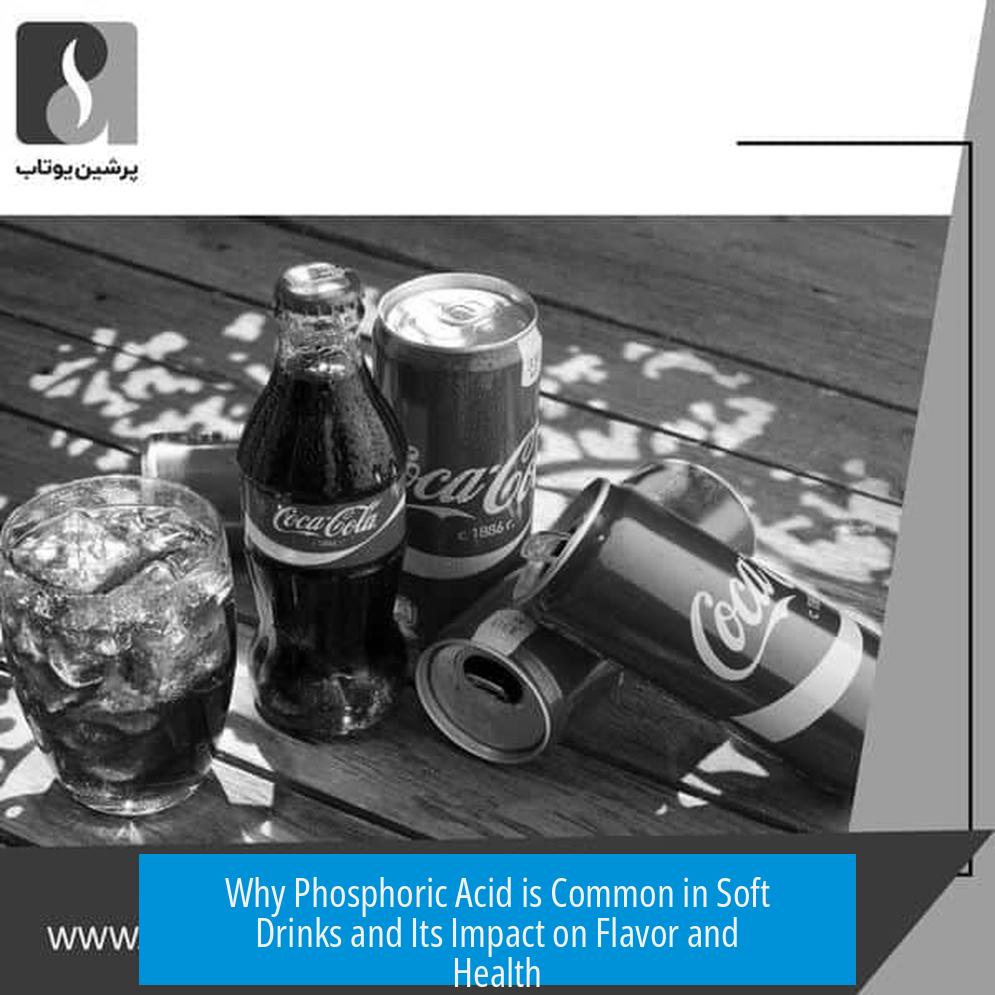


Leave a Comment